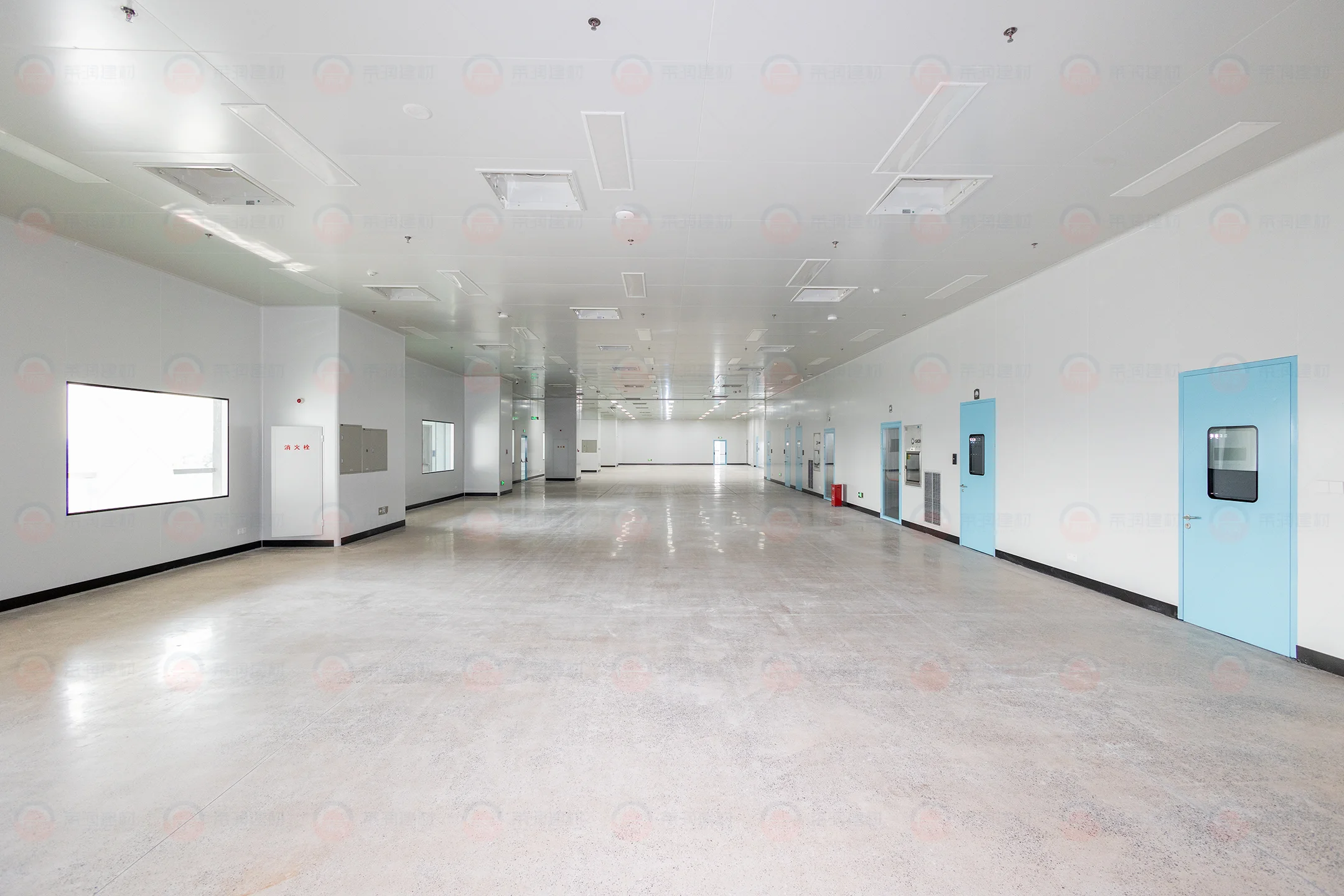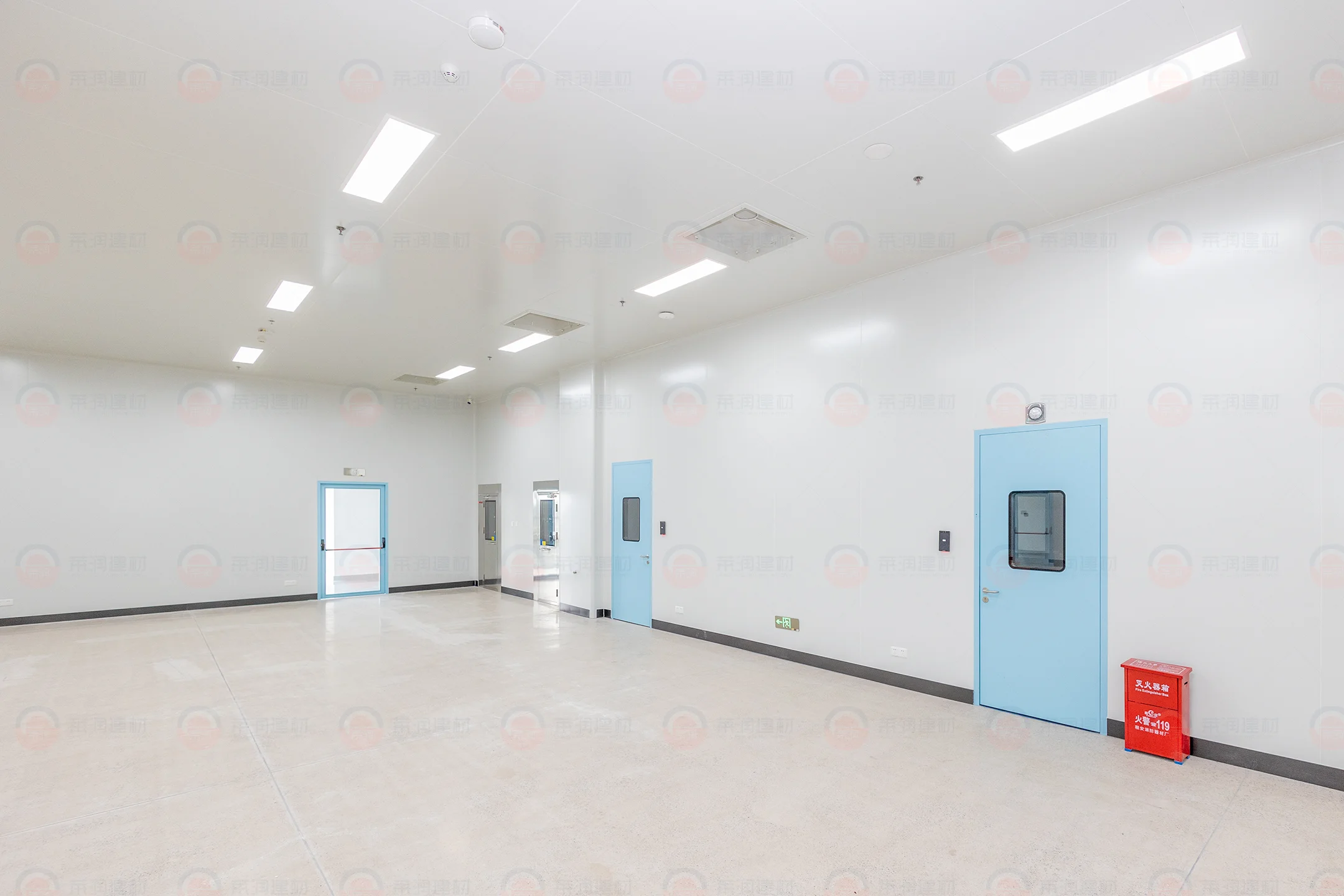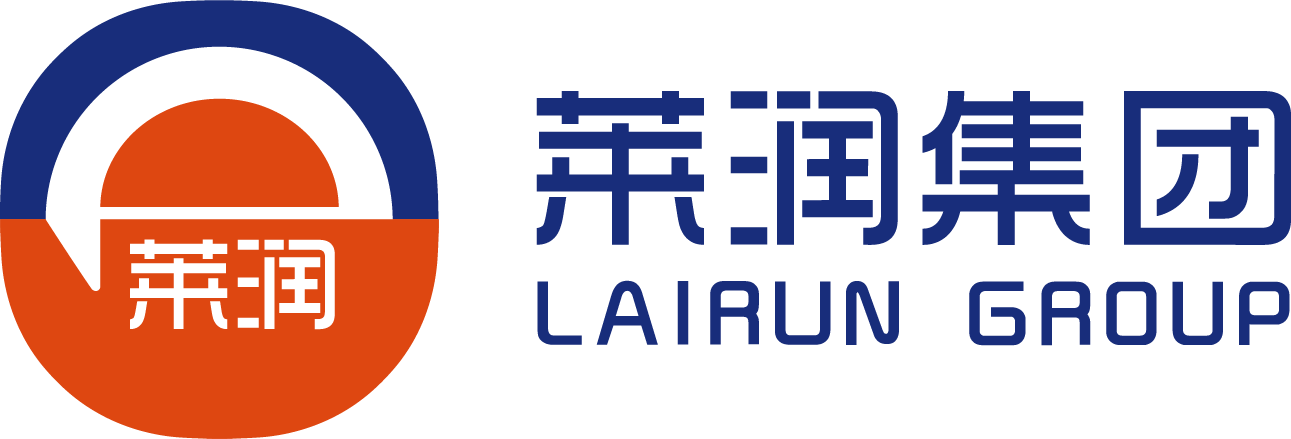แนวทางหลักสำหรับการจัดการและควบคุมความชื้นในห้องสะอาด
เวลา : 29 พฤษภาคม 2025 View : 2376
การบรรลุความสมดุลความชื้นสัมพันธ์ (RH) ที่เหมาะสมในห้องสะอาดเป็นมากกว่าความจําเป็นทางเทคนิค มันสําคัญสําหรับคุณภาพของผลิตภัณฑ์ ประสิทธิภาพในการดํ ไม่ว่าจะเป็นการป้องกันการสะสมคงที่ในสถานที่เซมิคอนดักเตอร์ หรือการยับยั้งการเติบโตของจุลินทรีย์ในสภาพแวดล้อมยา การควบคุมความชื้นที่แม่นยำคือกระดูกสั อย่างไรก็ตาม ความท้าทาย เช่น ความผันผวนตามฤดูกาล ความจํากัดอุปกรณ์ และการเปลี่ยนแปลงสิ่งแวดล้อมที่ไม่คาดหวัง อาจรบกวนความสมดุลนี้ บทความนี้สำรวจว่าทำไม RH เป็นสิ่งสำคัญในห้องสะอาด ผลกระทบของมันทั่วอุตสาหกรรม และโซลูชั่นที่มีประสิทธิภาพที่สุด เช่นการติดตามที่ใช้ IoT และระบบ HVAC ที่ปรับตั ไม่ว่าคุณจะทำงานในด้านชีวเทคโนโลยี อิเล็กทรอนิกส์ หรือการดูแลสุขภาพ การ掌握หลักการเหล่านี้เป็นกุญแจสําหรับห้องสะอาดที่มี

ทำไมความชื้นสัมพันธ์จึงสำคัญในห้องสะอาด?
ความชื้นสัมพันธ์มีบทบาทอะไรในการตั้งค่าห้องสะอาด?
ความชื้นสัมพันธ์ (RH) เป็นมากกว่าเมตริค เป็นตัวป้องกันความมั่นคงของห้องสะอาด มันมีอิทธิพลต่อพฤติกรรมของอนุภาค จัดการไฟฟ้าสถิต และกําหนดว่าจุลินทรียะที่เป็นอันตรายจะเจริญเติบโตหรือหายไปหรือไ RH ต่ำทําให้เกิดการชาร์จคงที่ ดึงดูดฝุ่นและรบกวนกระบวนการที่ละเอียดอ่อน RH สูงส่งเสริมการเติบโตของแบคทีเรีย คุกคามความเป็นฆ่าเชื้อ
ห้องสะอาดเป็นสถานที่ที่ออกแบบอย่างรอบคอบ กำหนดเอง สำหรับภาคเช่นยา ไมโครอิเล็กทรอนิกส์ หรือเทคโนโลยีชีวภาพ การรักษา RH ภายในช่วงที่เหมาะสมจะรับประกันการปฏิบัติตาม ประสิทธิภาพ และความปลอดภัยสําหรับผลิตภัณฑ์และบุคลากร
ระดับความชื้นที่ไม่ถูกต้องมีผลต่อการดําเนินงานห้องสะอาดอย่างไร?
การเบิกจากช่วง RH ที่ดีที่สุด อาจนําไปสู่ความวุ่นวาย ความชื้นต่ำสร้างสภาพแวดล้อมที่มีการชาร์จสถิต ทําความเสียหายอิเล็กทรอนิกส์ หรือหยุดการผลิต ความชื้นเกินไปทําให้เกิดการขัดเข้มข้น ทําให้เกิดการมลพิษและอุปกรณ์เสียหาย
ในห้องปฏิบัติการยาชีวภาพ ที่ความฆ่าเชื้อเป็นสิ่งสําคัญ ความผิดพลาด RH เล็กน้อยสามารถทําให้แบคทีเรียหรือเชื้อราเจริญเติบโต ทํา ในสถานที่เซมิคอนดักเตอร์ การปล่อยไฟฟ้าสถิตสามารถทําลายไมโครชิป ลดผลผลิตอย่างมาก
มาตรฐานอุตสาหกรรมสําหรับการควบคุมความชื้นห้องสะอาดคืออะไร?
แต่ละอุตสาหกรรมมีความต้องการเฉพาะ RH โดยทั่วไปตั้งแต่ 30% ถึง 60% มาตรฐานชั้นนำเช่น ISO และ GMP กําหนดคําแนะนําเหล่านี้เพื่อให้แน่ใจว่าความปลอดภัยและประสิทธิภาพ
ห้องสะอาดเซมิคอนดักเตอร์มักจะรักษา RH ที่ 40% -50% เพื่อป้องกันปัญหาคงที่ ห้องปฏิบัติการ Biopharma อาจมีเป้าหมายสูงขึ้นเล็กน้อย การควบคุมจุลินทรีย์อย่างสมดุล ขณะหลีกเลี่ยงการหนาแน่น
คุณสามารถตรวจสอบความชื้นสัมพันธ์ได้อย่างมีประสิทธิภาพได้อย่างไร?
เครื่องมืออะไรในการวัดระดับความชื้น?
การควบคุม RH ที่มีประสิทธิภาพขึ้นอยู่กับอุปกรณ์ที่เหมาะสม เครื่องวัดความชุ่มชื้นและเซนเซอร์จุดน้ำค้างเป็นตัวตรวจสอบความระวังของห้องสะอาด ให้ข้อมูลในเวลาจริงเพื่อรักษาสภาพที่มั่นคง ระบบที่ก้าวหน้าใช้เซนเซอร์หลายแห่งในพื้นที่เพื่อให้แน่ใจว่าความสม่ำเสมอ
สําหรับการทํางานระดับสูง LAIRUNเทคโนโลยีการติดตามที่ทันสมัยของเทคโนโลยีที่โดดเด่น ระบบของพวกเขารวมกันได้อย่างง่ายดาย ให้ความแม่นยำอย่างถูกต้อง ด้วยความพยายามที่น้อยที่สุด พร้อมกับความสามารถของ IoT อุปกรณ์เหล่านี้ส่งอัพเดทสดไปยังแดชบอร์ดของคุณ ทําให้สามารถปรับระยะไกลได้ เหมาะสำหรับการดำเนินงานแบบไดนามิก
ทำไมการรวบรวมข้อมูลในเวลาจริงมีคุณค่า?
ข้อมูลในเวลาจริงทําให้สามารถตอบสนองอย่างรวดเร็วต่อความเบี่ยงเบน ในอุตสาหกรรมที่เติบโตอย่างรวดเร็ว สิ่งนี้สามารถป้องกันการหยุดเวลาที่แพง
ระบบที่ใช้ IoT ทําให้การดำเนินงานง่ายขึ้นโดยการรวมข้อมูลเป็นแพลตฟอร์มเดียวที่ใช้งานง่าย ไม่มีการตรวจสอบด้วยมือหรือการเดาอีกต่อไป แค่ข้อมูลเข้าใจที่ชัดเจนและสามารถดำเนินการได้ เพื่อให้กระบวนการทำงานได้อย่างราบรื่น
กลยุทธ์อะไรที่รับประกันการควบคุมความชื้นที่ดีที่สุด?
ระบบ HVAC รองรับการควบคุมความชื้นอย่างไร?
ระบบ HVAC เป็นพื้นฐานของการจัดการสภาพอากาศในห้องสะอาด พวกเขาควบคุมการไหลของอากาศ และสมดุลเครื่องชื้นหรือเครื่องลดความชื้นเพื่อรักษาระดับ RH ที่แม่นยำ
การตั้งค่า HVAC ที่เหมาะสมให้โซนที่แตกต่างกันได้ตามโปรโตคอลเฉพาะ มันเหมือนกับวงดนตรี แต่ละส่วนประกอบมีบทบาทของตัว การรับประกันความสอดคล้องที่สมบูรณ์แบบ
เทคโนโลยีใดที่เพิ่มความชื้นและความชื้น?
เพื่อความแม่นยำ เครื่องมือเช่น เครื่องลดความชื้นหรือเครื่องลดความชื้นอัลตราโซนิกเป็นสิ่งจำเป็น พวกเขาปรับ RH โดยไม่ต้องนำสารปนเปื้อน ไม่เหมือนอุปกรณ์มาตรฐาน
เฉพาะห้องสะอาด นวัตกรรมปรับปรุงประสิทธิภาพ ตัวอย่างเช่น วัสดุที่ทนความชื้นทนต่อการผันผวนของความชื้นในขณะที่ลดความต้องการในการบำรุงรักษา

ความท้าทายในการรักษาระดับความชื้นสัมพันธ์ที่ดีที่สุด
อุปสรรคทั่วไปสําหรับอุตสาหกรรมห้องสะอาดคืออะไร?
การให้ความมั่นคง RH ไม่ใช่งานง่าย การเปลี่ยนแปลงสภาพอากาศภายนอก ข้อจํากัดอุปกรณ์ และความต้องการของกระบวนการที่แตกต่างกัน สร้างความท้าทายอย่างต่อเนื่อง
ระดับความชื้นต่ำทําให้เกิดปัญหาคงที่ ทําให้เกิดความเสียหายอิเล็กทรอนิกส์ในห้องปฏิบัติการเซมิคอนดักเตอร์ ความชื้นสูงส่งเสริมการเติบโตของแบคทีเรียในการตั้งค่ายา แต่ละภาคต่างๆ เผชิญหน้ากับอุปสรรคที่ไม่ซ้ำกัน แต่เป้าหมายยังคงเป็นสอดคล้อง: การควบคุมที่แม่นยำโดยไม่ต้องยอม
การเปลี่ยนแปลงตามฤดูกาลและสิ่งแวดล้อมมีผลต่อความชื้นอย่างไร?
ฤดูกาลทำให้การจัดการความชื้นในห้องสะอาดซับซ้อน อากาศแห้งในฤดูหนาวเพิ่มความเสี่ยงแบบคงที่ ความชื้นในฤดูร้อนส่งเสริมปัญหาการหนาแน่น
สถานที่ก็สำคัญด้วย พื้นที่ชายฝั่งต่อสู้กับความชื้นส่วนเกิน ในขณะที่พื้นที่แห้งต่อสู้กับความแห้ง LAIRUN ของ ระบบการปรับตัว Excel ที่นี่ปรับอัตโนมัติเพื่อรักษา RH ที่มั่นคงในสภาพใด ๆ
แนะนําสําหรับการจัดการความชื้นที่มีประสิทธิภาพ
การปฏิบัติที่ดีที่สุดสําหรับความมั่นคงที่ยั่งยืนคืออะไร?
การบรรลุ RH ที่สม่ำเสมอต้องการเทคโนโลยีที่ฉลาดและการปฏิบัติตามวินัย คําแนะนําสำคัญรวมถึง:
- การเลือกระบบ HVAC ที่ควบคุมอุณหภูมิและความชื้นอย่างแม่นยำ
- เลือกเครื่องลดความชื้นหรือเครื่องชื้นที่เหมาะสมกับความต้องการของอุตสาหกรรมของคุณ
- ดําเนินการตรวจสอบประจําเพื่อระบุจุดอ่อนเร็ว
อุปกรณ์พิเศษของ LAIRUN ถูกออกแบบมาเพื่อความท้าทายเหล่านี้ แผงของพวกเขาทนต่อความชื้น ทำงานได้อย่างน่าเชื่อถือ แม้ว่า RH ตั้งแต่ 20% ถึง 65% ตัวอย่างเช่น แผงมกนีเซียมออกซิซัลไฟด์ของพวกเขา มีฉนวนกันความร้อนที่เหนือกว่า ทนไฟและป้องกันความชื้น
ทำไมการบำรุงรักษาและการปรับเทียบอุปกรณ์เป็นประจําเป็นสิ่งสําคัญ?
แม้แต่อุปกรณ์ระดับสูงต้องการการดูแลอย่างสม่ำเสมอ การบำรุงรักษาเป็นประจำทําให้เซนเซอร์ถูกต้องและระบบน่าเชื่อถือ ป้องกันปัญหาที่ไม่คาดหวัง
แผนบริการของ LAIRUN รวมการตรวจสอบกับการวินิจฉัยที่ก้าวหน้า แก้ปัญหาก่อนที่จะเพิ่มขึ้น มันเหมือนกับการมีช่างเทคนิคที่ทุ่มเทอยู่ที่โทรศัพท์ รับประกันอายุยาว ประสิทธิภาพ และการปฏิบัติตาม
คำถามที่พบบ่อย
Q1: เกิดอะไรขึ้นหากการควบคุมความชื้นห้องสะอาดล้มเหลว?
การโจมตีภัยพิบัติ การมลพิษแพร่กระจาย อุปกรณ์ล้มเหลว และผู้ควบคุมแทรกแซง
Q2: อุตสาหกรรมใดที่ต้องการการควบคุมความชื้นที่แม่นยำมากที่สุด?
ยา เซมิคอนดักเตอร์ ชีวเทคโนโลยี และการแปรรูปอาหาร ที่ความเบี่ยงเบนเล็กน้อยอาจทำลายชุดทั้งหมด
Q3: ระบบ IoT ปรับปรุงประสิทธิภาพห้องสะอาดได้อย่างไร?
พวกเขาให้ข้อมูลในเวลาจริงและการควบคุมระยะไกล ทําให้คุณมีความกระตือรือร้น ไม่มีความเครียด ไม่มีความไม่แน่ใจ






